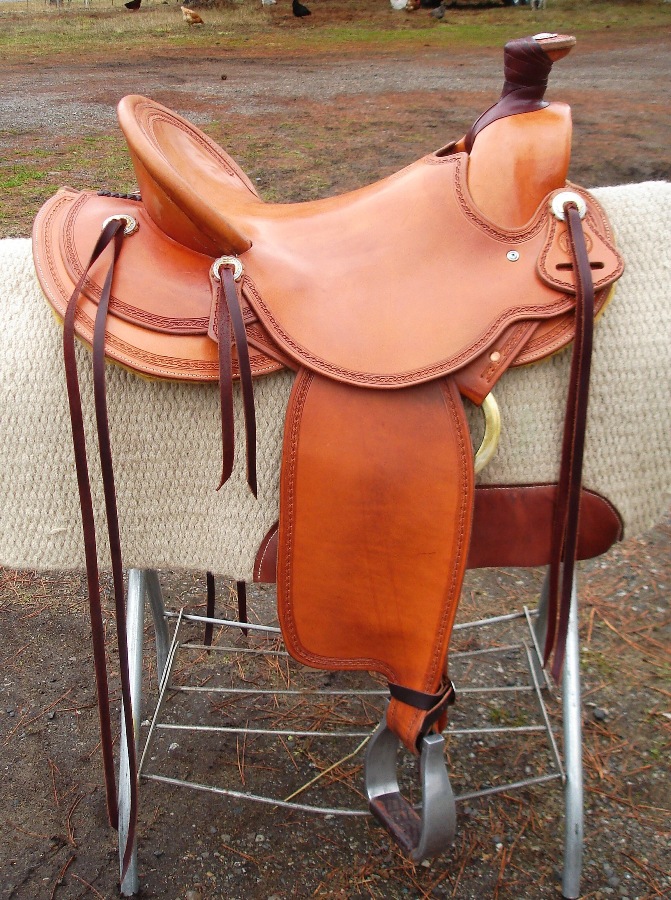There are a few different variables at play in here, and it’s worth keeping them separate in your mind. Trying to draw conclusions from particular saddles (which are a blend of compromises) can be misleading.
An easy one first off is padded vs not. I’ve heard for years that a padded seat is good for shorter rides, but you should stick with an unpadded seat for longer days. I ride a hard seat as a result, and I wish I’d gone with at least a light padding layer. 8 hour days in the saddle are still tough even with a nicely shaped hard seat, if you’re not used to them!
One universal, however, is that padding won’t make a bad groundseat (the structure under the outermost seating leather) rideable.
Next, the rise of the saddle is somewhat independent of the cross sectional shape of the saddle. You ride mostly in the “sweet spot” of the saddle, and the profile in front of that only really factors in if your balance is challenged. I’ve dug hard into this, and the only real benefit of a sharper rise that most will agreed to (for a balanced seat) is a bit more stability in sharper maneuvers or in hard stops.
Where the sweet spot is along the seat is important, and differentiates schools of thought in saddle design (jineta vs brida). “Balanced” seat can be anywhere from the sweet spot in roughly the center to a spot about a third of the way in front of the cantle, from what I’ve experienced. If that sweet spot is right against the cantle, it’s a brida seat (or chair seat).
Now, it’s NOT been my experience that you can always just look at the silhoutte of the saddle and see where the low spot is. On most, maybe, but the seat is a 3D shape. Some can ride balanced without the low spot being the theoretical ideal.
Last, if you really want a balanced position, the stirrups must swing from a point about one foot length in front of the sweet spot on the saddle. Makes sense…if you can’t stand without scooting your butt forward to get over your own feet, it’s not a completely balanced seat.
After all that, to each their own.
Extra last - there is such thing as “twist”, at least in concept, in a western saddle. It’s not set by the twist in the tree to the degree that it is in an english saddle by the webbing (seats are carved in western saddles more than strung up), but the concepts are similar. The profiles of cross sections of a saddle are important. Too flat can feel like sitting on a barrel, too crowned can feel like it’s prying your pin bones apart. Likewise, too much twist can feel like you’re falling forwards, too little like there’s no sweet spot etc etc.


 Keep us posted on what you’re looking at because I can shop and learn vicariously through you!
Keep us posted on what you’re looking at because I can shop and learn vicariously through you!
